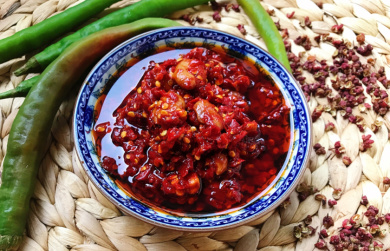Make meat melt-in-your-mouth tender with baking soda. Here's how!
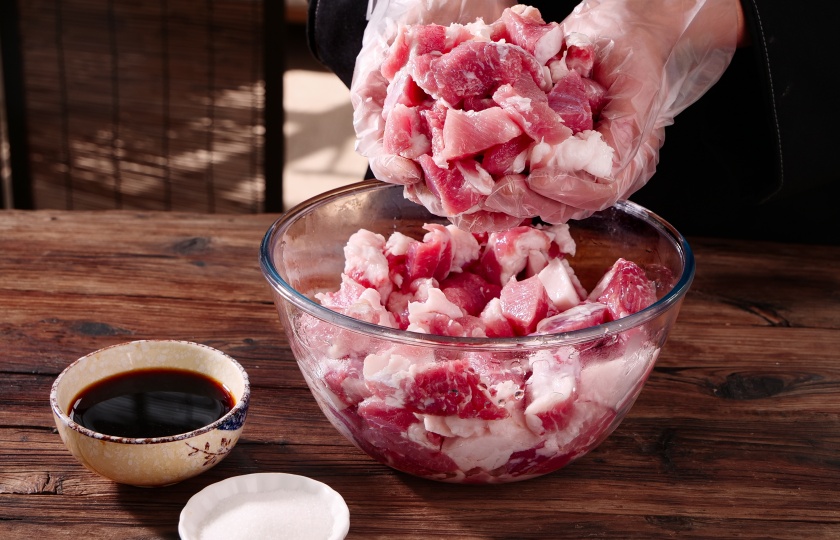
Is the meat you’re cooking tough and chewy? Not tender enough? Today, let’s learn how to use baking soda to make meat more tender!
How Does Baking Soda Tenderize Meat?
Baking soda works by breaking down the hydrogen bonds and weak interactions between protein chains in the meat. Normally, these proteins hold the meat together, but when baking soda is added, it disrupts the balance, making the meat softer and more tender.
Using baking soda to tenderize meat is very simple. Here’s how you do it:
Precise Measurements:
It’s recommended to use 2–3 grams of baking soda for every 500 grams of meat. Don’t use too much, as overuse can leave a strange alkaline taste that will affect the flavor.
Mix Evenly:
Sprinkle the baking soda evenly over the meat and rub it in with your hands so every piece is coated. If you’re making ground meat, simply add the baking soda and mix it in.
Add Water to Marinate:
Pour enough water to just cover the meat. Let it marinate in the baking soda solution for 20–30 minutes. During this time, the baking soda will react with the meat’s proteins, breaking down the fibers and tenderizing it.
Rinse Thoroughly:
Once the marinating time is up, remove the meat and rinse it under running water. Make sure to wash it 3–5 times to completely remove the baking soda from the surface.
Cook as Usual:
After rinsing, the meat is ready to be cooked according to your recipe.
How much baking soda per pound of meat to tenderize?
Typically, 2–2.5 grams of baking soda per pound (about 450 grams) of meat is enough. This amount will tenderize the meat without leaving a bitter or unpleasant taste.
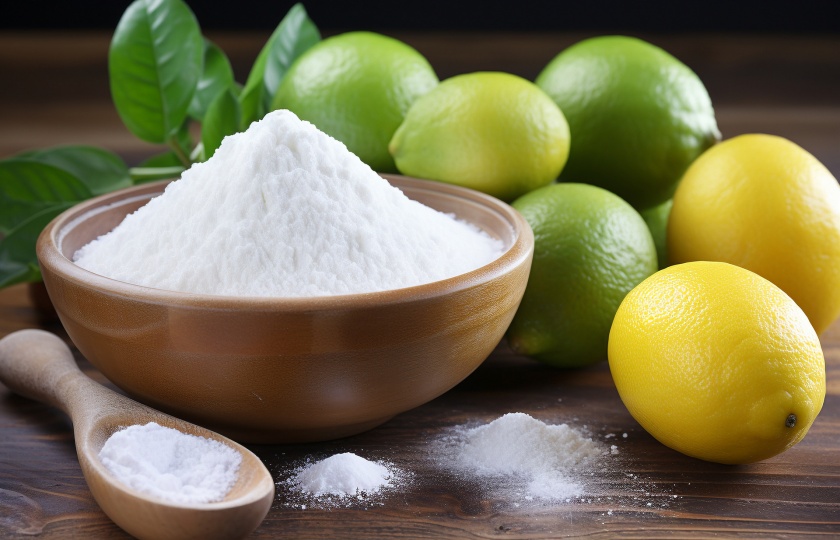
For beef, this will make it very tender while still maintaining some chew. For pork, you may want to use a little less because pork has finer fibers, and too much baking soda might make it too loose.
Of course, this can vary depending on the type of meat, cooking method, and personal preference.
Do you have to rinse meat after baking soda?
Yes, you need to rinse the meat.
First, baking soda is alkaline, so if it’s not rinsed off properly, it will leave a noticeable alkaline taste, affecting the flavor of the meat.
Secondly, if you don’t rinse it off, the meat can change color—perhaps turning yellow or darkening—which will impact the appearance of your dish.
Finally, excess baking soda might interact with the nutrients in the meat, causing some to be lost. Rinsing helps preserve the meat’s nutritional value as much as possible.
Is it safe to use baking soda to tenderize meat?
From a scientific standpoint, baking soda (sodium bicarbonate) is a common food ingredient. When used properly, it’s safe for consumption.
In fact, it’s found in many foods. For example, it’s used in baking to help dough rise and become fluffier.
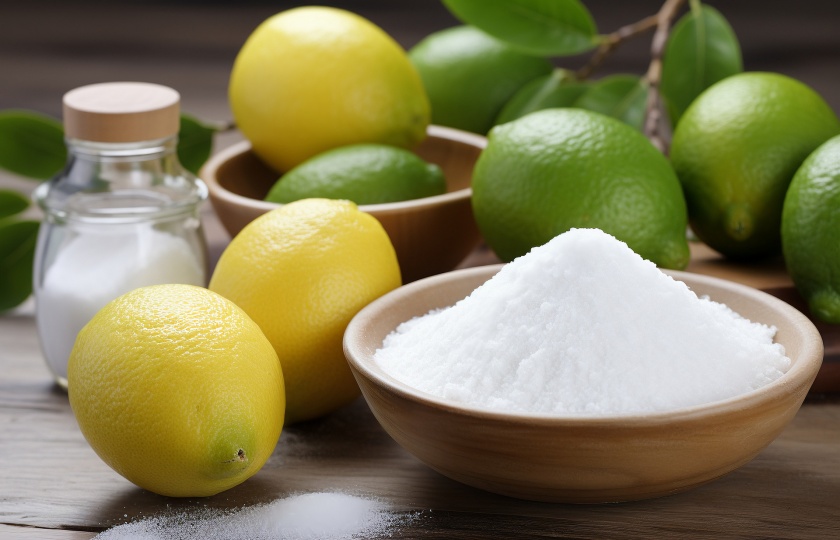
When tenderizing meat, using the correct amount of baking soda (2–3 grams per 500 grams of meat) is completely safe.
Using too much baking soda will cause the meat to taste bitter, and excessive consumption of alkaline substances is not ideal for health.
For individuals with sensitive stomachs, it's better to be cautious when eating meat treated with baking soda.
How do you get the taste of baking soda out of meat?
As mentioned, rinsing the meat thoroughly under running water is the easiest and most effective way to remove the baking soda taste.
If rinsing doesn’t fully get rid of it, you can soak the meat in water with a bit of white vinegar—around 10–15 milliliters of vinegar per 500 milliliters of water—for 10–15 minutes. The vinegar will neutralize the baking soda’s alkaline taste.
Alternatively, if you have fresh lemons, squeeze the juice of one lemon into the water (about 500 milliliters of water per lemon) and soak the meat for 10 minutes. The citric acid from the lemon juice will help neutralize the baking soda, leaving the meat tasting more natural.
Another option is to soak the meat in a light saltwater solution (2-3% salt), using 10–15 grams of salt per 500 milliliters of water, and rinse thoroughly.
How do Chinese make their meat so tender?
Knife Skills:Tenderizing by Cutting, Hammering, and Scoring
In Chinese cooking, knife skills are not just an art—they’re also key to tenderizing meat.
Hammering:
Use the back of a knife or a meat mallet to gently pound the meat. This helps break down the muscle fibers and makes the meat softer.
Scoring the Meat:
Scoring the surface of the meat with shallow cuts helps it absorb flavor better and become more tender during cooking.
Thin Slices:
Cutting the meat into thin slices makes it cook faster and ensures it stays tender.
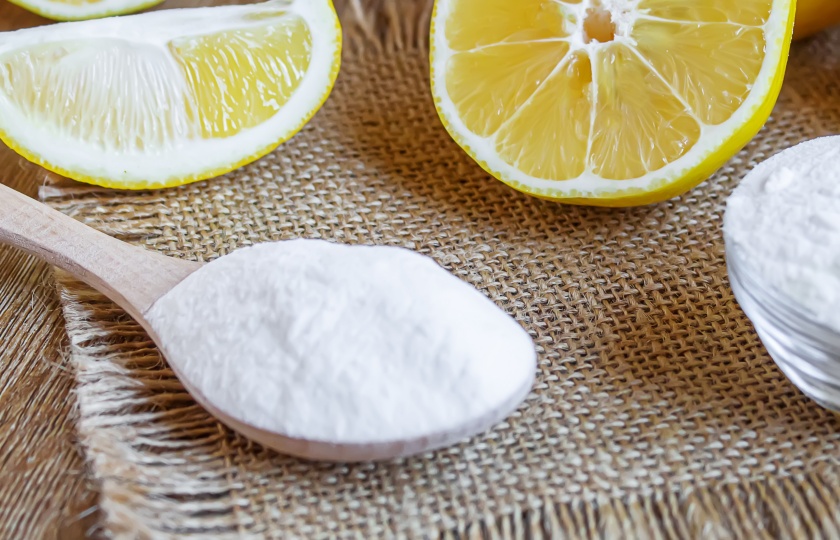
Marinating Techniques: Soaking for Tenderness and Flavor
Marinating is a crucial part of Chinese cooking. Not only does it remove any unpleasant odors, but it also helps tenderize the meat.
Using Acidic Ingredients:
Lemon juice, vinegar, yogurt, and other acidic ingredients help create an environment that naturally tenderizes the meat. Soak for 15-30 minutes to get the best results.
Enzyme Tenderization:
Fruits like papaya and pineapple contain enzymes that break down the fibers in meat. Soaking the meat in their juices, or using papaya powder or pineapple juice, will do wonders.
Using Baking Soda:
For every 500 grams of meat, add 3 grams of baking soda, marinate for 15 minutes, then rinse thoroughly. This will make the meat incredibly tender, but be sure not to use too much or it will taste bitter.
Battering: The Magic of Starch
Battering or coating the meat with starch is another technique in Chinese cooking that helps lock in moisture during cooking, keeping the meat tender.
Dry Starch Battering:
Coat the meat with dry starch, gently tossing it to ensure the meat is evenly coated with a thin layer.
Wet Starch Battering:
Mix egg whites with starch, then coat the meat in the mixture. This creates a protective layer that locks in the juices, ensuring the meat remains tender during cooking.
Controlling Cooking Temperature: Slow Simmer, Quick Stir-Fry, and Blanching
Temperature control is crucial in Chinese cooking. Knowing how to control heat is key to tenderizing meat.
Slow Simmering:
Simmer the meat over low heat to allow it to become tender gradually. This method is ideal for braised pork or stewed chicken.
Quick Stir-Frying:
Use high heat to stir-fry the meat quickly. This seals in the juices, making the meat tender and juicy. Perfect for dishes like stir-fried beef or Kung Pao chicken.
Blanching:
Before cooking, blanch the meat in boiling water to remove blood and impurities. This helps tighten the fibers, making it easier to tenderize during further cooking.
Ingredient Pairings: Using Scallions, Ginger, Garlic, and Spices for Tenderness
Scallions, ginger, and garlic are the “three treasures” in Chinese cooking. They not only eliminate odors but also help tenderize meat.
Ginger and Garlic Juice:
Mince ginger and garlic, add a little water, and marinate the meat in this juice. This not only removes any strong smells but also makes the meat more tender.
Cooking Wine:
Chinese cooking wine not only helps with odor removal but also makes the meat softer during cooking. It’s an essential ingredient in many Chinese dishes.












